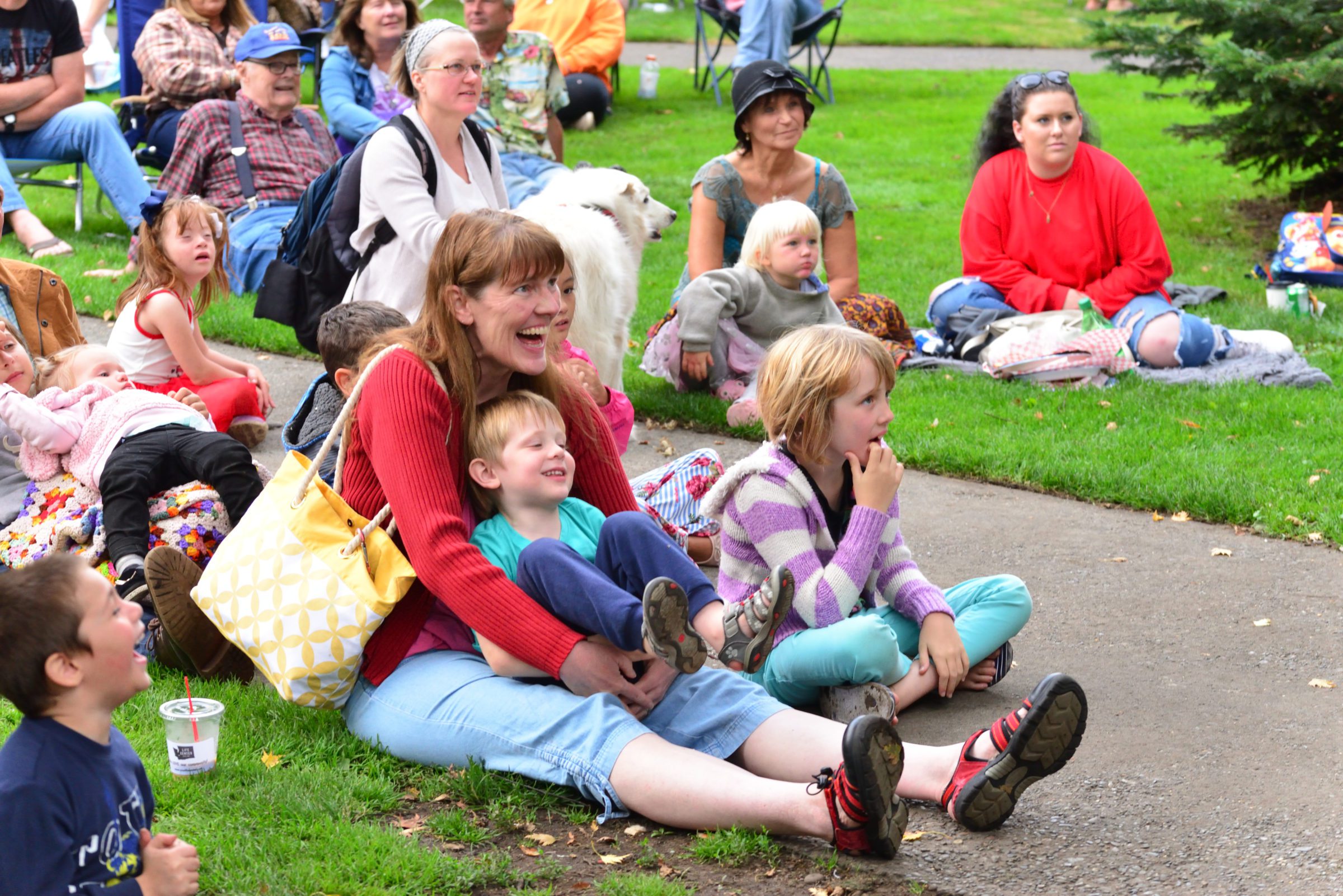Why Main Street Matters to Communities

By Breanne Durham, Washington Main Street Director
Using nine years of data from our Main Street Communities, the Washington State Main Street Program recently conducted a study to learn about the economic impact of Main Street in our state (spoiler: it’s substantial). And as proud as we are about the jobs created, the return on investment, and the sales attributable to Main Street efforts, we know that Main Street is more than just numbers and figures. Main Street is about people. It’s about the social connections we forge when we are in an environment that was built at a human scale and continually cared for by our fellow citizens. It’s about how our quality of life improves when we have mobility, opportunity, democracy, and beauty built into our daily experience. So, when we set out to study the impact of Main Street, we knew we needed to look at the impact on communities (i.e., people!), not just business and government bottom lines.
Now listen, I’m as guilty as the next nonprofit professional of overusing the word “community.” But what exactly does that mean? We can look at every aspect of the Main Street Approach in terms of how it positively impacts people – we enhance the built environment and public spaces so that residents can enjoy the district; we foster supportive ecosystems where entrepreneurs can test their ideas, hone their practice, and thrive in business; we offer opportunities for the public to share their vision for their town and then help bring that vision to fruition; and we help people build their identity, memories, and social connections through gatherings and experiences.
Main Street has always been about bringing people together—and that’s what I mean by “community.” Are you working alongside other people to accomplish shared goals? Is your personal sense of belonging and opportunity tied to the work, places, or experiences you share with others? Do you feel connected to the place where you live and the people around you? Do you know that others support you and that you can call upon them? Can others call upon you? Look at you! You’re part of a community!
We’re at the point now where I either wax on for several more paragraphs or I make a list…
Top Seven Ways that Main Street Benefits Communities:
1. VIBRANCY – Main Street districts are diverse places with a wide range of independent businesses and public spaces that promote social interaction. Entrepreneurship and activity thrive on Main Streets because of the small spaces, tight-knit relationships, and intentional support lent by Main Street organizations.
2. PRIDE IN PLACE – Historic commercial districts are unique community assets; they are the “front door” of the community. When preserved and programmed, these districts promote community pride and investment. Main Street organizations invite residents to enjoy and participate in the vision for downtown.
3. WALKABILITY – Bringing a dense range of amenities close to residents creates walkable communities that serve community members of all ages, incomes, and abilities while minimizing their carbon footprint.
4. SAFETY – Main Street leaders are natural problem-solvers and collaborators. By bringing resources and partners together, they are able to find creative solutions that make our communities safer and more welcoming.
5. EXPERIENCES – Main Street is where memories are made. Between 2011 and 2019, Main Street events and festivals attracted over 5.8 million attendees. From experiential retail and one-of-a-kind restaurants to live music and excuses to play dress-up, can you imagine your life without the moments that have happened downtown?
6. CONNECTIONS – Volunteer leadership is a cornerstone of the Main Street Approach. And it’s not just about getting work done. Volunteerism creates robust connections to downtowns, increases civic engagement and participation in democratic processes, and generates social connections that are crucial to residents’ health and well-being.
7. RESILIENCY – All of these other benefits roll into the big one: our communities are stronger when we come together. Main Street brings people together to define a vision and to work together toward it. Small businesses are supported, residents are connected, and new leaders are forged in this process. When you approach economic development from this people-first stance, long-lasting change is possible.
If these ideas light you up, if you know the value of being in community and want to learn more about this “Main Street thing,” I encourage you to look through the Washington Main Street Impact Report, especially pages 15 and 32-35. Then, if you’re not already involved, contact your local Main Street program (look at the map on page 2) to see how you can join in. I know, from personal experience at the local and now the state level, the special kind of joy that comes from working alongside people to make a place great. I hope you and your community can benefit from Main Street too.
Photo credit: PacNWPhotography Jason Baker (thanks to Centralia Downtown Association)
Main Street Impact Series
This is part one of a three-part series where we dive into the types of impact that the study covered: social (communities), economic (businesses), and fiscal (state government). We’re tremendously proud of the communities that are part of the Washington Main Street network and hope you’ll join us in celebrating the many ways they are building local resiliency.
About Main Street
Main Street is a nationwide movement with a 40-year history of providing a useful framework and network for local community builders. The Main Street Approach encourages partners to come together to enhance a historic downtown district through a focus on Design, Economic Vitality, Outreach, and Promotions. In Washington State, local Main Street organizations are supported by the Washington State Main Street Program, a program of the Department of Archaeology & Historic Preservation managed by the Washington Trust for Historic Preservation. Learn more at www.preservewa.org/mainstreet.
